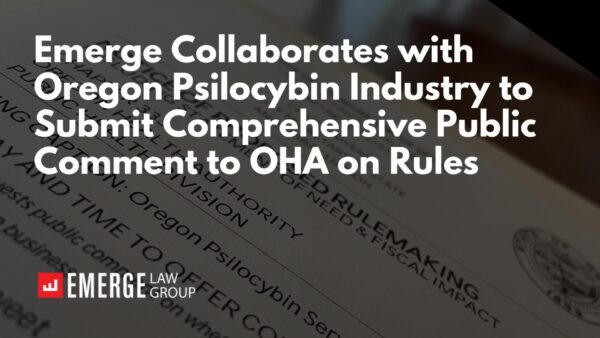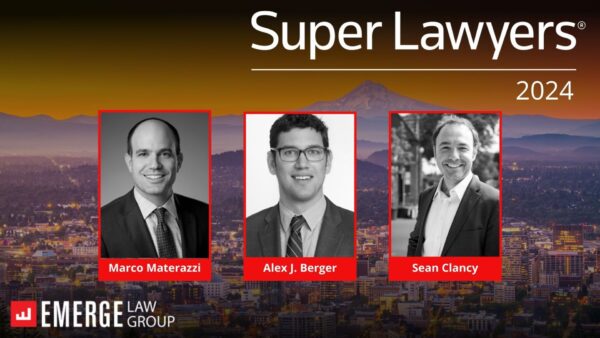By default, the author of an original work of creative authorship owns the copyright to that work upon creation. And under Section 204 of the Copyright Act a transfer of copyright ownership is not valid unless it’s in writing.
That means, with some specific exceptions, an independent contractor who creates an original work of creative authorship fixed in any tangible medium of expression (e.g. written words, musical works, dramatic works, graphic works, pictures, designs, architectural drawings, sculptures, websites, software or computer code etc.) owns the copyright to that work unless a transfer of ownership has been agreed upon in writing.
If you’re an independent contractor, this can create substantial negotiating leverage during (or after) the course of a project because you own the copyright to the work until you sign it away.
If you’re hiring independent contractors, you probably want to ensure that your contractors have signed off to transfer copyright ownership. Otherwise you might find that you don’t actually own the creative work you thought you paid for.
We have seen both sides of it, even among sophisticated people: both contractors and businesses that hire them sometimes neglect the fundamental issue of copyright ownership when they agree to work together. Clients have showed us invoices, email correspondence, text messages, detailed scopes of work, and even formal contracts with assertive language about payment timing, recordkeeping, portfolio rights, warranties, indemnification, and limitations of liability. Yet they sometimes overlook the critical concept of copyright ownership of the work product. It doesn’t need to be complicated — a simple one page contract (or a single boilerplate phrase) identifying and transferring the work can do the trick.
A few important notes and caveats:
A well-known exception to this writing requirement applies to copyrightable works prepared by an employee “within the scope of his or her employment” (not acting as an independent contractor). Copyright ownership for such work automatically vests with the employer as “works made for hire.” Critically, this exception requires (a) employment status and (b) acting within the scope of employment. Employment status is often (but not always) fairly clear (think W-2, payroll). But sometimes an employee’s scope of employment is not clear if it isn’t written down in their job description or employment contract. Software code from a salaried computer programmer or an employee manual from a human resources director are clearly works within the scope of their employment — but what if those employees took photos for their employer’s website while on the clock? Created logo designs? It isn’t always clear whether or not creative works fall within an employee’s job description. Whenever there’s doubt, it is safest to have a signed contract.
And we’re talking about copyright ownership here, which is different from permission to use the copyright (also known as a license). Oregon sits within the 9th Circuit where courts can find an implied license under the right circumstance, where permission to use the materials is understood although ownership does not transfer. But relying on such implied licenses is risky and uncertain because the parameters of implied licenses aren’t always clear. How long does the license last? Does it cover all types of uses of the work? Is it transferrable? Can the license be terminated? Without a clear written understanding, material disagreements can develop later. So despite the possibility of implied licenses, it is best to have a written document in place, even a short one, to ensure that everyone understands who owns the copyright.





